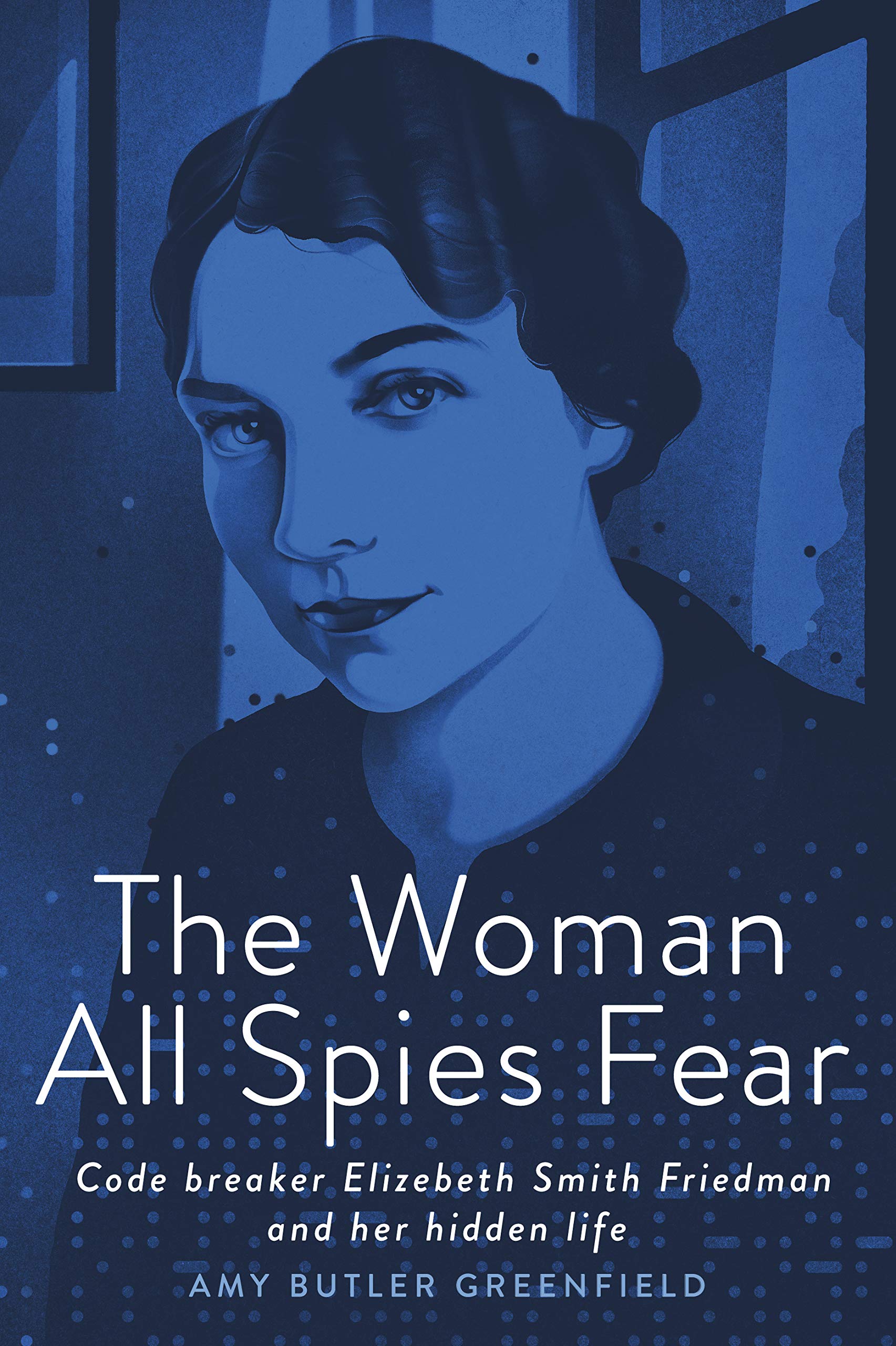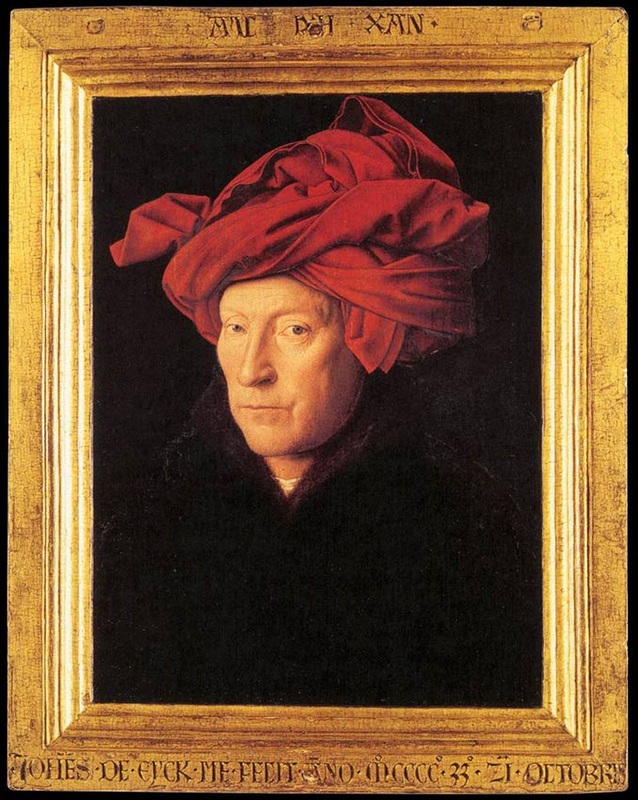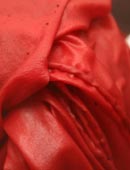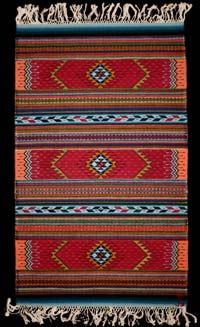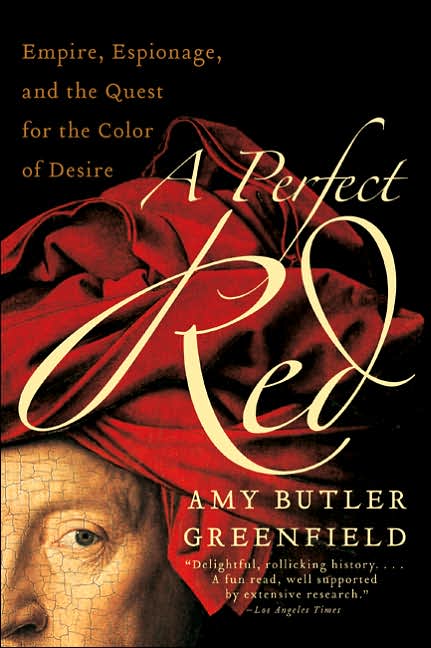

Excerpt from A Perfect Red
Prologue:
The Color of Desire
Humans see the world in a cascade of color, with eyes that can distinguish any single shade from more than a million others. As a species, we prize color and attach great significance to it. Yet few colors mean as much to us as red. Proof of our attachment lies in many of the world's languages, English among them. We roll out the red carpet, catch crooks red-handed, and dread getting caught in red tape. We stop at red lights, ignore red herrings, and celebrate red-letter days. Depending on our political persuasions, we wave the red flag or fear the red in the bed. When hot rage overpowers us, we say we see red.
Many of these expressions are fairly modern, dating back less than three hundred years. Radical politics, for instance, have only been called red since the bloody European uprisings of 1848, while red tape is an eighteenth-century idiom that alluded to the red ribbons or "tapes" that tied together official documents in Great Britain. Yet red itself is a concept with much deeper roots in the human psyche. Although many mammals have trouble perceiving red, the human eye is strongly sensitized to the color. An affinity for red seems almost hard-wired into us. Perhaps this explains why, in language after language, the word for red is an ancient one, older than any other color term save black and white. Before there was blue or yellow or green, there was red, the color of blood and fire.
Sacred to countless cultures, red has appealed to humans for time out of mind. Neanderthals buried their dead with red ochre, as did the Cro-Magnons, who painted cave walls with the same iron-rich ore. In ancient China, red was considered a lucky color, symbolic of prosperity and health. In the Arab world, it was sometimes construed as a sign of divine favor, sometimes as the mark of the damned — but above all as a male color, emblematic of heat and vitality. South of the Sahara, red was a color of high status, while in ancient Egypt it was the harbinger of danger, sacred to the trickster god Seth. Among the ancient Romans, red light was equated with divine fire. In primitive societies, the color has often been credited with magical powers, including the ability to exorcise demons, cure illness, and ward off the evil eye.
Throughout much of the world, red represents events and emotions at the core of the human condition: danger and courage, revolution and war, violence and sin, desire and passion, even life itself. No wonder our poets sing of it. "O, my luve's like a red, red rose," croons Robert Burns, while Tennyson warns us that Nature is "red in tooth and claw." "Friday I tasted life," wrote Emily Dickinson in 1866. "A Circus passed the house — still I feel the red in my mind...."
It is one thing, however, to assign meaning to a color; quite another to create the color itself. For thousands of years artists met with disappointment as they tried to reproduce the flaming scarlets and deep crimsons they saw in nature. The best red these artists knew was ochre, the Cro-Magnon's pigment, which produced a color that was muddied with orange and brown.
Sometime before the fifth century BC, painters in Asia discovered that a far more satisfactory red could be made from the mineral cinnabar, or mercury sulfide, a compound also known as vermilion and minium. Used to striking effect in Chinese scrolls and later on the frescoed walls of Pompeii, cinnabar did have several disadvantages: it was expensive, poisonous, and had a disconcerting propensity to turn black with exposure to light. Yet because it was by far the most brilliant red paint available, cinnabar continued to be used and celebrated for more than a thousand years.
If artists found it difficult to find a stable and vivid red, dyers faced an even greater challenge: their reds had to stand up to sunlight, sweat, and repeated washing. Because neither ochre nor cinnabar yielded a bright red when applied to cloth, dyers were forced to look elsewhere. Their quest was rather like alchemy: a secret art by which practitioners sought to transmute base materials — leaves, bark, blood, dirt, and even cow dung — into a gold mine of brilliant red dyes.
Unlike the alchemists, the dyers were successful — but only to a point. Although they learned to make russets and orange-reds cheaply and easily from plants, true red proved a much greater challenge. Before the invention of artificial dyes in the nineteenth century, it could only be obtained from exotic substances and secret techniques that few dyers ever mastered.
Elusive, expensive, and invested with powerful symbolism, red cloth became the prize possession of the wealthy and well born. Kings wore red, and so did cardinals. Red robes clothed the Shah of Persia, and in classical Rome red became so synonymous with status that the city's most powerful men were called coccinati: the ones who wear red.
It was big news, then, when Spain's conquistadors found the Aztecs selling an extraordinary red dyestuff in the great marketplaces of Mexico in 1519. Calling the dyestuff grana cochinilla, or cochineal, the conquistadors shipped it back to Europe, where it produced the brightest, strongest red the Old World had ever seen. According to the eminent English chemist Robert Boyle, cochineal yielded "a perfect Scarlet." A master dyer went further and called it "the finest and best dye drug in the world." Cochineal became Europe's premier red dyestuff, and Spain made a fortune selling it to dyers around the globe.
As far as Europe was concerned, the only trouble with cochineal was that Spain controlled the supply, guarding its monopoly so jealously that the dyestuff's very nature remained a mystery. Was cochineal animal, vegetable, or mineral? The best minds in Europe argued the point for more than two centuries.
Few, however, disputed the new dyestuff's value. In an age when textiles were a major source of wealth, cochineal was big business. Determined to break Spain’s lucrative monopoly, other nations turned to espionage and piracy. In England, the Netherlands, and France, the search for cochineal soon took on the tone of a national crusade. Kings, haberdashers, scientists, pirates, and spies all became caught up in the chase for the most desirable color on earth.
The history of this mad race for cochineal is a window onto another world — a world in which red was rare and precious, a source of wealth and power for those who knew its secrets. To obtain it, men sacked ships, turned spy, and courted death.
This is their story.
